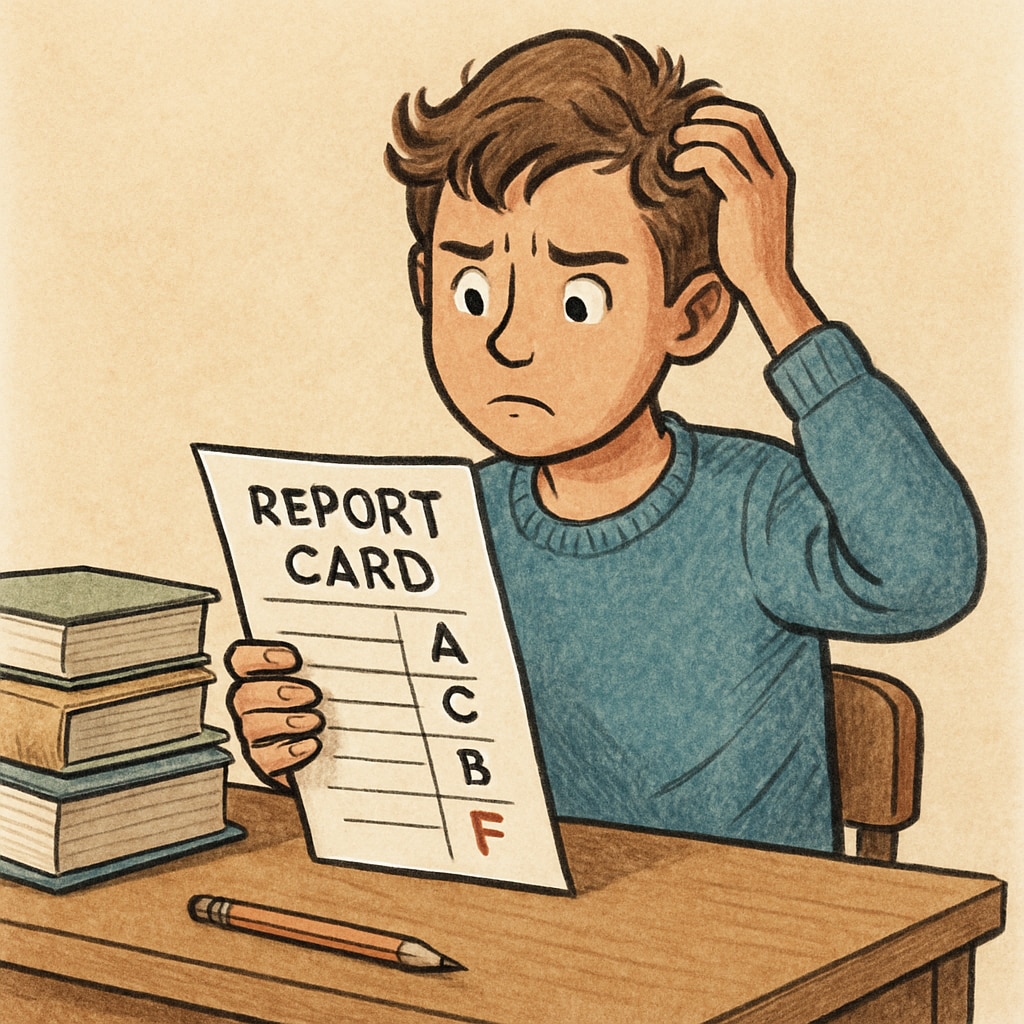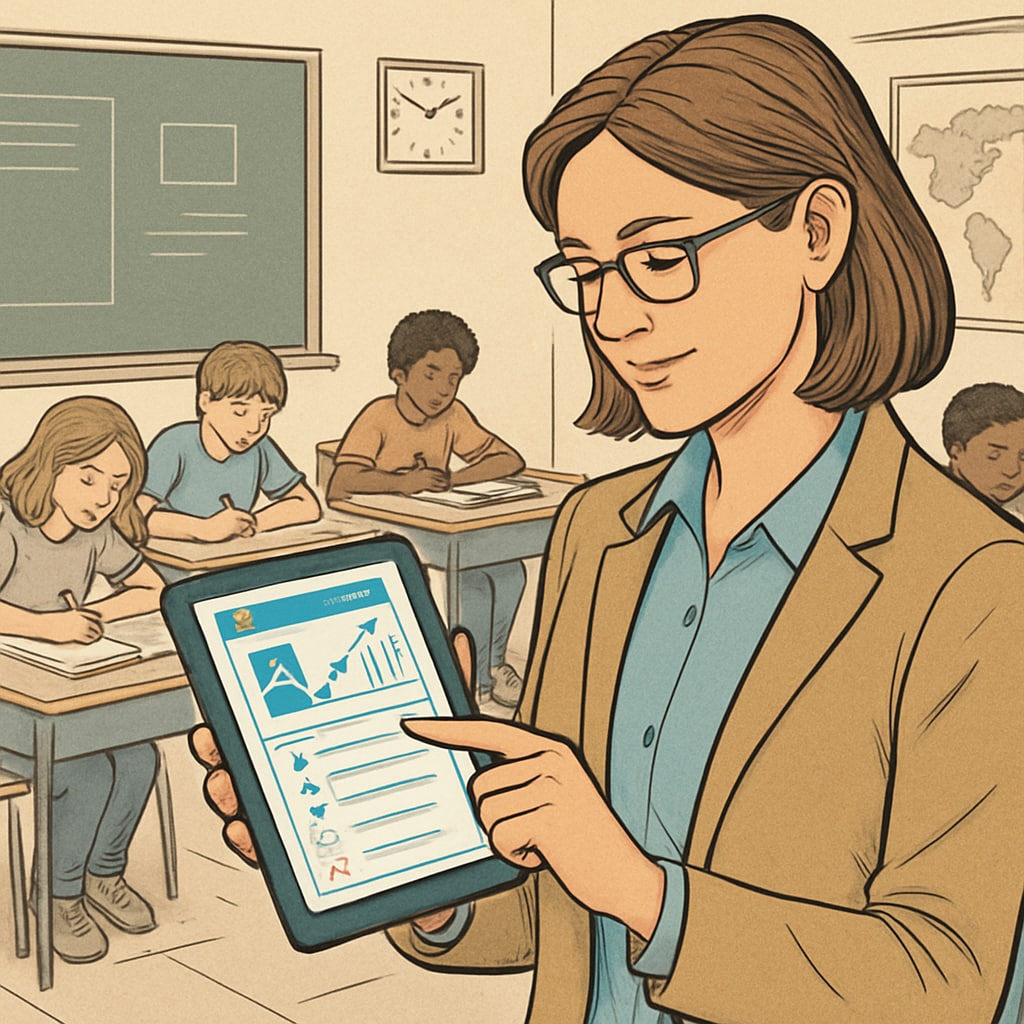In K12 education, the overemphasis on grades as the primary measure of learning outcomes has long been a topic of debate. While grades offer a convenient way to summarize performance, they fail to capture the complexity of a student’s learning journey. This article examines the limitations of traditional grading systems and explores innovative approaches to evaluate learning outcomes, such as real-time tracking and diversified assessment models. By shifting the focus from grades to holistic development, we can better prepare students for the challenges of the future.
The Limitations of Traditional Grading Systems
Grades, typically represented as numbers or letters, are often perceived as the ultimate indicator of academic success. However, this system has several inherent flaws. First, grades tend to emphasize rote memorization over critical thinking and creativity. As a result, students may focus more on achieving high scores than on understanding the underlying concepts.
Second, traditional grades provide a one-dimensional view of student performance. They fail to account for soft skills such as teamwork, communication, and problem-solving—skills that are crucial in real-world scenarios. Moreover, grades do not consider individual learning styles, which can disadvantage students who thrive in non-traditional environments.

Rethinking Learning Assessments: A Holistic Approach
To move beyond grades, we need to adopt a more comprehensive and inclusive approach to student evaluation. A diversified assessment system could include the following elements:
- Process-Based Evaluations: Focus on the learning journey rather than just the outcome. For example, evaluate how students approach problems, collaborate with peers, and apply knowledge to real-world situations.
- Portfolio Assessments: Encourage students to compile a collection of their work over time, showcasing their progress and achievements in various areas.
- Self and Peer Assessments: Foster reflective learning by allowing students to evaluate their own work and provide constructive feedback to peers.
- Real-Time Tracking: Utilize technology to monitor and analyze student performance continuously. This method provides immediate feedback, enabling educators to address gaps in understanding promptly.
By incorporating these methods, educators can create a more nuanced picture of student learning that goes beyond grades and highlights areas for growth.
Technology and Real-Time Tracking in Education
One of the most promising advancements in learning assessments is the use of technology for real-time tracking. Digital tools such as learning management systems (LMS) and artificial intelligence (AI)-driven platforms can collect data on student performance in real-time. These systems analyze patterns, identify strengths and weaknesses, and suggest personalized learning strategies.
For instance, AI tools can track how students interact with educational content, providing insights into their engagement and comprehension. Teachers can use this data to tailor their instruction, ensuring that every student receives the support they need. Furthermore, real-time tracking can reduce the stress associated with high-stakes testing by offering continuous feedback instead of relying on end-of-term exams.

The Future of Learning Assessments
Transitioning to a diversified and technology-enhanced assessment system requires a shift in mindset for educators, students, and parents alike. It involves recognizing that learning is a complex, multifaceted process that cannot be reduced to a single grade. Policymakers and educational institutions must allocate resources to train teachers, invest in technology, and redesign curricula to support these changes.
In conclusion, moving beyond grades to embrace holistic and real-time learning assessments offers a pathway to more meaningful education. By valuing the process of learning and fostering a growth mindset, we can empower students to become lifelong learners, equipped with the skills needed to thrive in an ever-changing world.
Readability guidance: This article uses short paragraphs and lists to enhance readability. It incorporates examples and transitional words for better flow. Passive voice and long sentences are minimized to ensure clarity.


